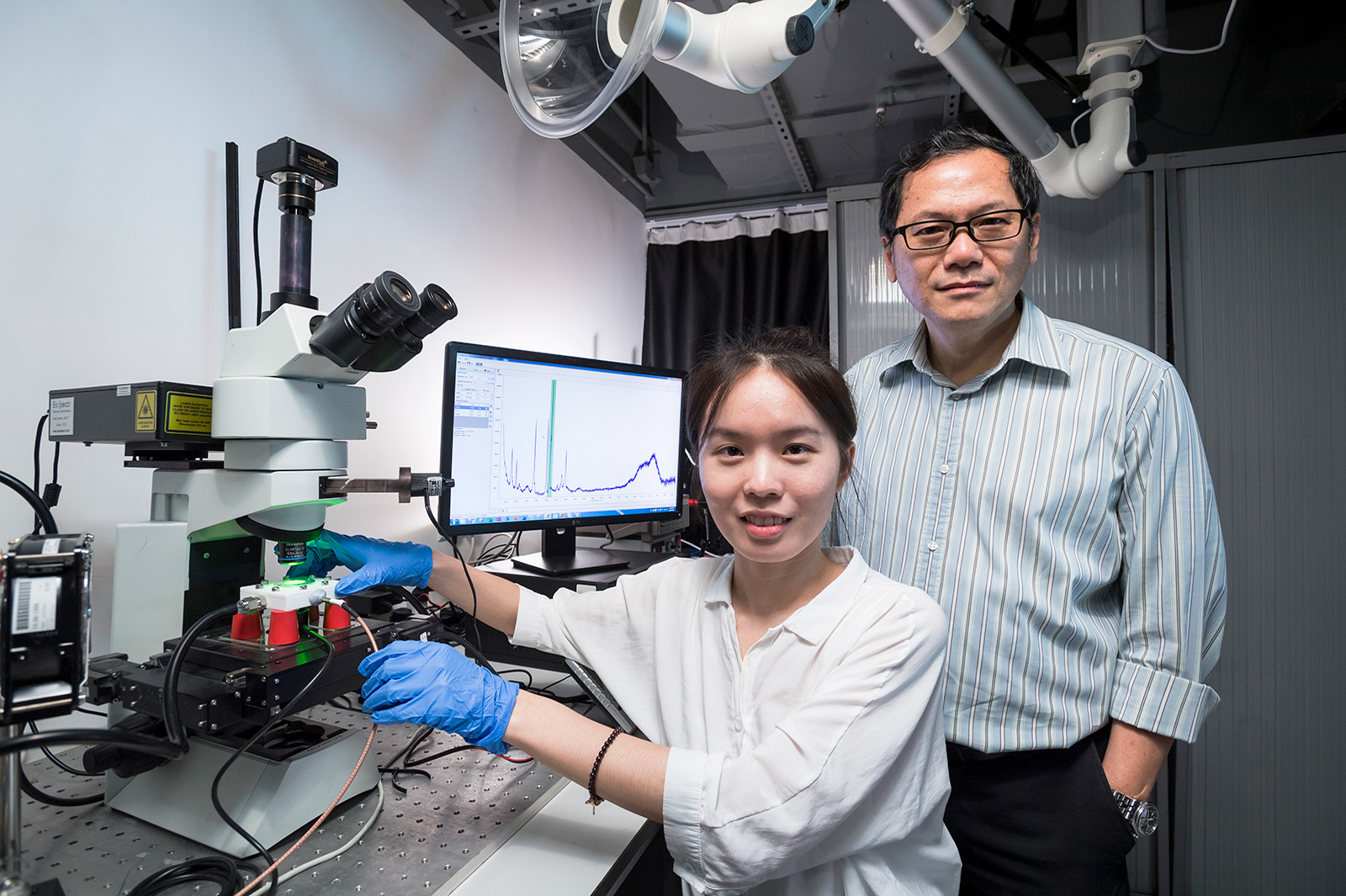New sulfate formation pathway provides more accurate haze prediction

Environmental scientists at City University of Hong Kong (CityU) have proposed a new pathway for the formation of sulfate, providing new insights for improving haze prediction to address air pollution problems.
Sulfate is a key component of particulate matter (PM) during haze episodes in China. While its origin is known to be sulfur dioxide (SO2) produced mainly from the combustion of fuels such as coal and oil, the exact formation mechanism remains highly uncertain, resulting in frequent underestimates of sulfate in air quality models.
Professor Chan Chak-keung, Dean of the School of Energy and Environment (SEE) and Chair Professor of Atmospheric Environment, Dr Gen Masao, Postdoctoral Fellow at the SEE (currently Assistant Professor at Kanazawa University, Japan), and Zhang Ruifeng, PhD student in the SEE, proposed a new pathway for sulfate formation through the photolysis of particulate nitrate. The research was published in the prestigious journal Environmental Science & Technology Letters and was recognised as one of the journal’s five Best Paper Awards winners in 2019 and the only winner in the atmospheric pollution research area.
Nitrate, which comes from nitrogen oxide (NOX) emissions produced mainly from automobiles and various industries, is another PM component contributing to air pollution. Upon light irradiation, nitrate is photolysed to generate oxidants of nitrogen dioxide (NO2) and hydroxyl radical (OH), which convert SO2 to sulfate in PM.
The team compared the sulfate production rate from different pathways, including the proposed nitrate photolysis pathway and prevailing pathways, like oxidation by transition metal ions, ozone, and hydrogen peroxide under atmospherically relevant conditions. They found that the nitrate photolysis pathway generates a significant amount of sulfate, making it equally or more important than other known pathways of sulfate formation at typical acidity levels of PM during haze episodes in China.
This newly proposed pathway can also potentially explain the difference between field measurements and model estimations of sulfate formation during haze episodes.
Professor Chan said the research opened up nitrate photolysis as a mechanism for the formation of sulfate, as well as other secondary PM pollutants, such as secondary organic aerosols that are formed in the atmosphere.
“To address air pollution problems, we must focus not only on the primary pollutants from direct emissions, such as power plants and various industries, traffic emissions and cooking emissions, but also secondary pollutants, such as sulfate, which can be formed via a series of atmospheric chemical processes. Our research provides a scientific basis for a new formation pathway of secondary PM to help policy makers better formulate policies to reduce key components of PM and thus improve air quality,” Professor Chan added.
Other co-authors of the paper included Dr Huang Dandan, from the Shanghai Academy of Environmental Sciences and Dr Li Yongjie, from the University of Macau.